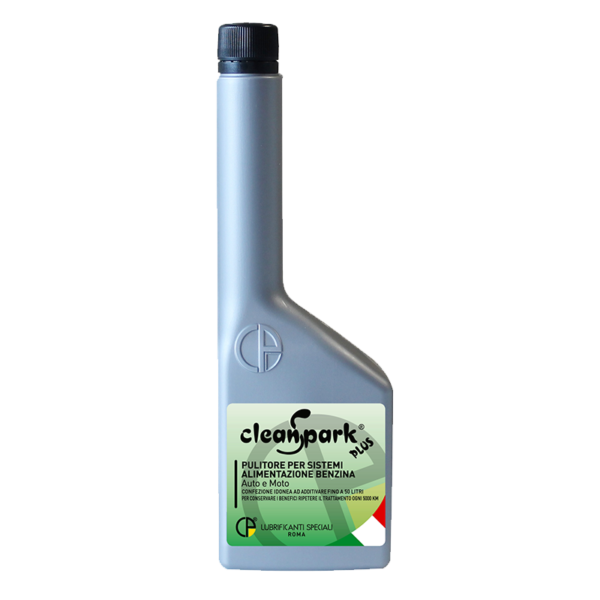
The electrode is burnt, damaged, looks melted, or turning blackĥ-Step Guide to Cleaning Spark Plugs at HomeĬleaning a spark plug isn’t as hard as it sounds.There are visible cracks and breaks in the spark plug.The thread heavy carbon deposits that can’t be cleaned, removed, or scraped off.Here are the common scenarios where you’d need to change your spark plug to a new one: However, in some cases, you might have to replace them before the end of their lifespan, and the best way to determine this is first to remove and clean your spark plug. Generally, spark plugs can have varying lifespans, with some having as little as 20,000 miles to others having as much as 100,000 miles. While it’s now clear that cleaning spark plugs is a must to maintain efficient engine operations, the other big question is how you will know if you should simply clean or replace these parts. For those that last longer, you can clean them after every 20,000 to 30,000 miles. The general rule is to clean them every 5,000 miles, but this is the recommended frequency for spark plugs with shorter lifespans like 10,000 to 20,000 miles. That said, you should still clean your spark plugs regularly, even if there aren’t any visible issues or problems. It goes without saying that the moment you notice symptoms like trouble starting the engine, high fuel consumption, or lack of acceleration, you should inspect and clean your spark plugs immediately. Regardless, it’s important to clean the rust on the threads, or they might get too tight and become hard to remove from the engine. Rust can occur naturally over time due to exposure to environmental conditions or the use of metal and aluminum in some spark plugs.
#CLEANSPARK COM FIRE HOW TO#
Some would also use a butane torch to burn off any excess carbon, so you can try this out if you know how to handle the tool. To clean off the carbon in your spark plug, you can use a cleaner from a local hardware store or wire brush. Whatever the cause is, carbon fouling can lead to combustion issues since the carbon is conductive, so you need to clean it right away to prevent any risk of fire.


If you notice carbon deposits on your spark plug, this could mean a dirty air filter, an overly rich air-fuel mixture, or excessive idle time. Repeat this multiple times until you’ve gotten rid of the oil completely. First, spray carb cleaner into the spark plug hole, then use a rag to clean off the oil. While this is a relatively common problem, you should still address it immediately to prevent damaging your engine.Īgain, after the necessary repairs are done, it’s essential to clean your spark plugs thoroughly. The oil that accumulates in your spark plug well may be caused by similar issues in your O-ring seal, piston compression rings, or valve guides.
Once it’s fixed, that’s when you’ll need to clean your spark plug by removing the wire, unthreading it, and washing the whole plug to get rid of all the oil. Ultimately, it is best to contact a mechanic to help you resolve the root cause. The most common causes would be a leaking O-ring or valve cover, but they can also arise from more serious problems like faulty piston compression rings or worn valve guides. There are many reasons why oil ends up on your spark plug thread. Why Do Spark Plugs Need Cleaning? Oil on Spark Plug Thread Recommended Products for Cleaning Spark Plugs.5-Step Guide to Cleaning Spark Plugs at Home.


 0 kommentar(er)
0 kommentar(er)
